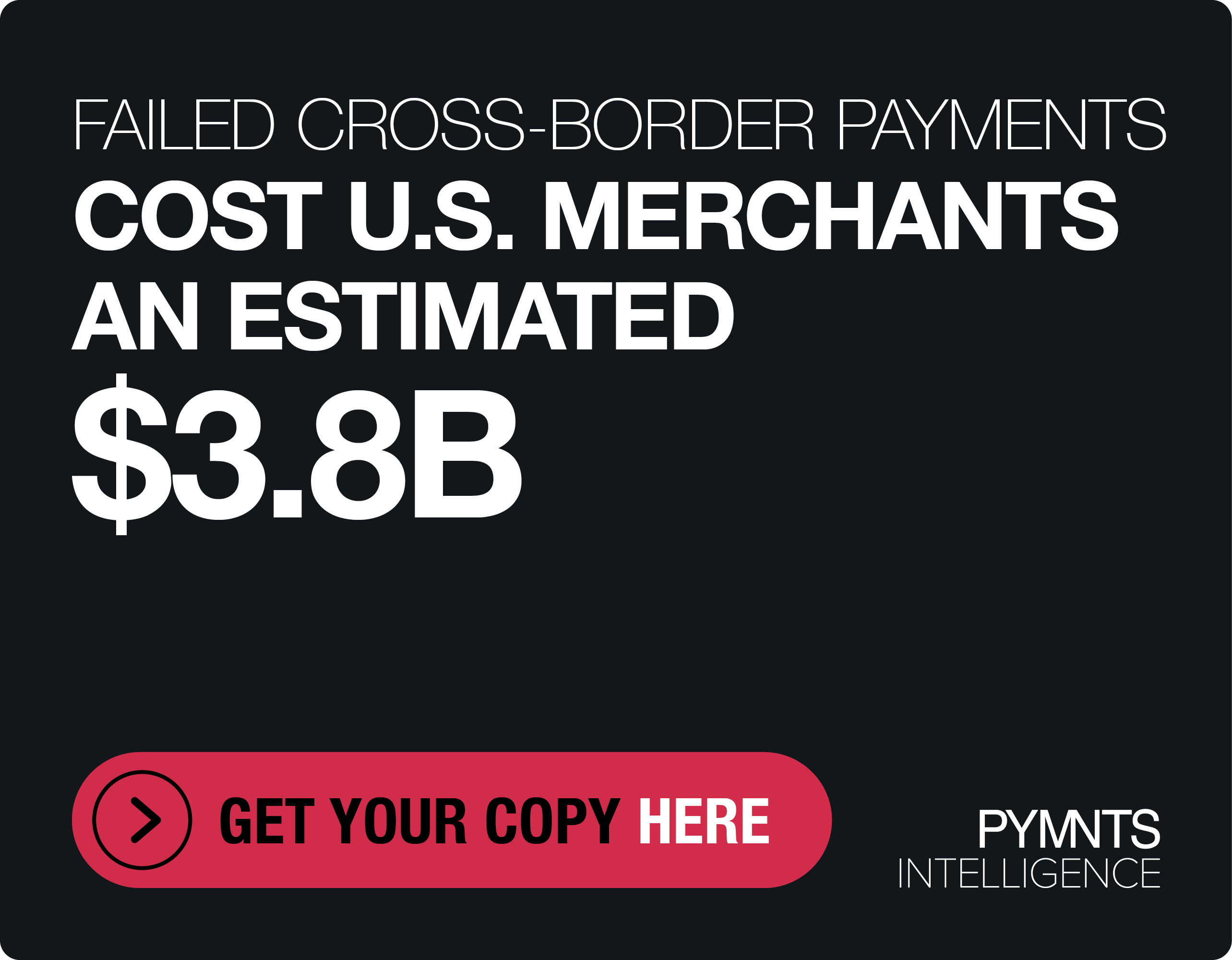How Digital Innovation Is Unifying Africa’s Fragmented Payments Landscape
In 2019, Meta CEO Mark Zuckerberg said it was time to simplify money movement and make sending money to someone as easy as sending a photo.
However, what that statement, seen as groundbreaking back then, failed to acknowledge is that Africans have been sending and receiving money without traditional bank accounts for over a decade before that, said Praveksha Maharaj, director of partnerships MEA at Entersekt.
In fact, the majority of Africans have “embraced technology at scale and managed to leapfrog into the future of digital payments,” Maharaj told PYMNTS in an interview, pointing to mobile money operators and digital frontrunners like Kenya’s Safaricom.
The company’s pioneering mobile money transfer service, M-Pesa, is considered one of the most successful mobile payment systems in Africa — and possibly the world — and has, since its launch in 2007, accelerated financial inclusion in the region, with over 40 million active customers and over 500,000 merchants accepting M-Pesa as a currency to pay for goods and services in Kenya alone.
In Nigeria, one of Africa’s biggest economies, Maharaj added that the growth of digital payments compared to card payments or mobile point of sale has been dramatic, with a robust network of banking agents — often referred to as “human ATMs” — offering bill payments, airtime recharge, funds transfer and remittance services to customers.
These achievements, despite the infrastructural and economic challenges common in Africa, are a testament to Africans’ boldness and creativity in solving the region’s unique challenges, she noted. “In Africa, we are not afraid to take risks, learn from them and adapt [solutions] to customer needs.”
Against that backdrop, she said the world could learn a thing or two from the continent when it comes to banking and payment innovation, particularly the importance of building for scale and ensuring that the needs of a diverse range of users, whether they are unbanked or have feature phones, are met.
Not a One-Size-Fits-All
Despite the increasing popularity of electronic and digital channels in Africa’s financial sector, close to half of the regional population still do not have a traditional bank account and transact in cash, making it difficult for them to access digital financial services.
This, according to Maharaj, has made fraud and security a major challenge amid increasing social engineering and phishing scams — a problem she said data sharing between different providers could help solve.
Fragmented markets — 54 countries, over 1.4 billion people and over 2,000 languages — also add complexity to the equation, not to mention the different currencies and banking systems creating challenges for cross-border payments.
“It’s not a one-size-fits-all. It’s not like you could launch something and it would work in all countries. [For example], M-Pesa failed in South Africa, but it’s thriving in East Africa,” Maharaj explained, reiterating the importance of adapting solutions to unique customer needs in each market.
But, despite these challenges, Maharaj believes the strong growth in digital payments that Africa has experienced over the past decade will continue to foster innovation on the continent and inspire others worldwide.
“I’m very hopeful and think it will continue to go in the right direction as we build solutions that meet customers at their point of need,” she said.

